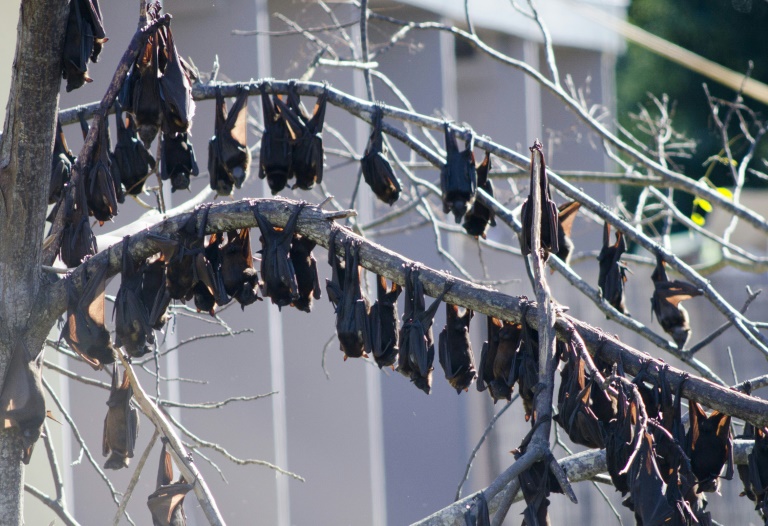Land mammals and reptiles in the Pacific islands facing extinction due to habitat loss, hunting and other threats could be decimated by climate change, a study published Thursday said.
Ocean-bound wildlife is particularly vulnerable to environmental pressures, especially endemic species living on only one or a handful of islands. Among other things, this remoteness makes migrating to another land mass nearly impossible.
Dozens of species — especially birds — have also been wiped out over the last century by invasive species and disease brought by human settlers.
For most Pacific island vertebrates — animals with a backbone — the current risk of extinction has been measured and catalogued in the Red List of threatened species, maintained by the International Union for the Conservation of Nature (IUCN).
Scientists, however, had not systematically looked at the added threat posed of rising seas and megastorms brought on by global warming.
Impacts due to an increase in temperature of only one degree Celsius (1.6 degrees Fahrenheit) since the mid-19th century have already begun to wreak havoc in dozens of small island nations.
Lalit Kumar and Mahyat Shafapour Tehrany of the University of New England in Armidale, Australia, matched the Red List conservation status of 150 mammals and reptiles against two scenarios for future climate change that assume either weak or moderate efforts in curtailing greenhouse gas emissions.
– Triple threat –
One would result in global warming of about 4 C (7.2 F) by century’s end, and the other roughly 3 C (5.4 F).
The question they asked for each species was simple: to what extent will a hotter world increase the danger of extinction?
“Projected increases in sea level rise and … wave heights, together with more intense tropical cyclones, are likely to exacerbate these vulnerabilities and result in signficant habitat destruction,” the researchers concluded.

A specific breed of fruit bat, which is already “critically endangered,” faces a triple threat of extinction with the added effects of global warming on Pacific islands
Eighteen animals — including Bulmer’s fruit bat, half-a-dozen species of gecko, and several lizards — faced a triple threat.
Not only are they already listed as “critically endangered”, the last step before the category “extinct in the wild”, they are also unique to this part of the world and exist on a single island, though mostly larger ones.
“These species are only found in this region, and so deserve extra attention since a loss of any of these species will mean global extinction,” the authors warned.
The study, published in the journal Scientific Reports, could help conservationists and policy makers outline strategies for preventing the disappearance of these creatures from the face of the Earth, they added.
The 196-nation Paris Agreement has set a goal of holding global warming to “well below” 2 C, a goal that many scientists say may be out of reach.






